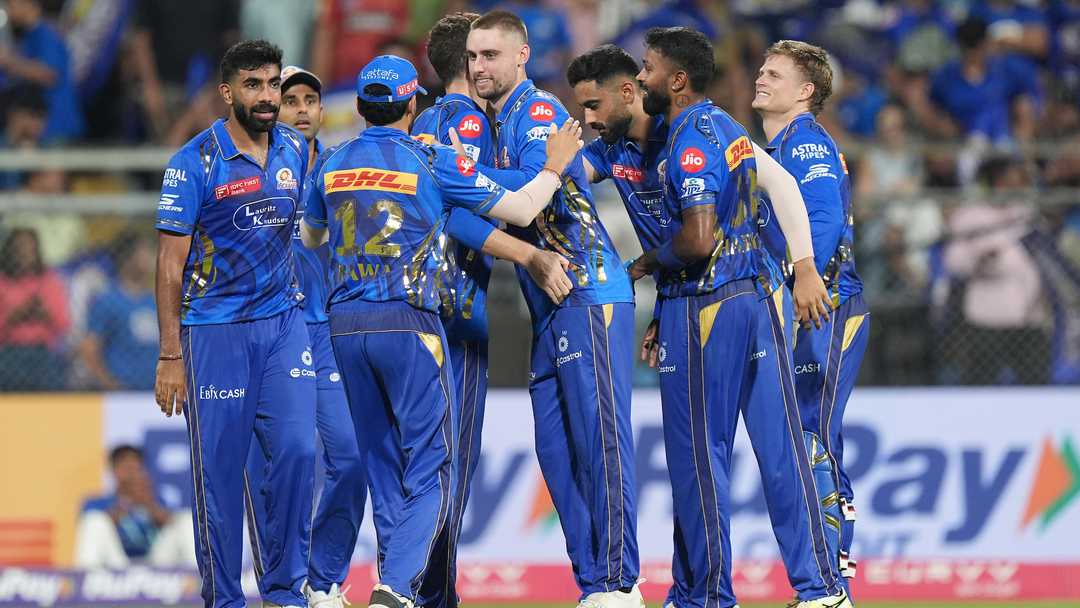
Unusual Wankhede pitch aids MI's tactical plans
The pre-match projection was 300 but it soon fizzled out, turning out to be a false prophecy. After the first over, that figure seemed wildly unrealistic – a bit of fantasy, in fact. A total of 220-230 appeared as a more attainable total. But as the innings wore on, it felt even 175 would be a commendable achievement.
In the end, SunRisers Hyderabad limped to 162 for five – a total that once seemed like a distant mirage. If not for two late surges in the 18th and 20th overs, which cumulatively yielded 43 runs, they might have struggled to even touch 150. The home side successfully managed to choke the free-flowing SRH batsmen.
Here was a side that chased down 245 in the 19th over in the previous game. In their season-opener versus Rajasthan Royals, they had threatened to breach the 300-mark before settling for 286. If they struggled to reach 150, it was because Mumbai Indians knew it was not easy to outbat Abhishek Sharma & Co. So, they smartly laid a well-caliberated trap to stifle SRH's free-scoring batsmen.
"It wasn't the easiest wicket. (A) few runs short, we would have liked some more (runs) with the bat. When you come here you expect it to be really fluent and fast, just wasn't that. They bowled really well, shut down a lot of our hitting areas. I thought we had all our bases covered, with 160 you feel like you are a little bit short," SRH skipper Pat Cummins said, admitting that the visitors had expected something else from the wicket.
The Wankhede, historically, is one of the most batsman-friendly venues in the IPL. Uncharacteristically, it did not allow for stroke play on the night. There was moisture beneath the red soil pitch, prompting the ball to grip and turn. It didn't come on to the bat quickly enough, making strokeplay difficult. The slower deliveries, in particular, were even harder to put away. Travis Head realised this hard way.
One of the most explosive batters in the IPL, boasting a career strike rate of over 172, he found himself completely shackled by the MI bowlers. They tied him down with clever change in pace, forcing him into a shell. He crawled to 28 off 29 balls at a frustratingly slow strike rate just over 96 – his slowest in any T20 innings of more than 20 deliveries. It was also the second-slowest innings (of a minimum 25 deliveries) of the season. Even a reprieve – a dismissal overturned due to a no-ball – couldn't help him shift gears.
"It was a difficult surface and Mumbai read the conditions exceptionally well, and after probably the first few overs, they really relied on that slower ball. The slower ball is obviously effective, but it's mainly effective because of their execution, and there's some supreme exponents of it in (Jasprit) Bumrah, Trent Boult and even Hardik Pandya. So I think the way that they bowled, particularly through those middle stages, really stifled us," Daniel Vettori, SRH coach, said.


